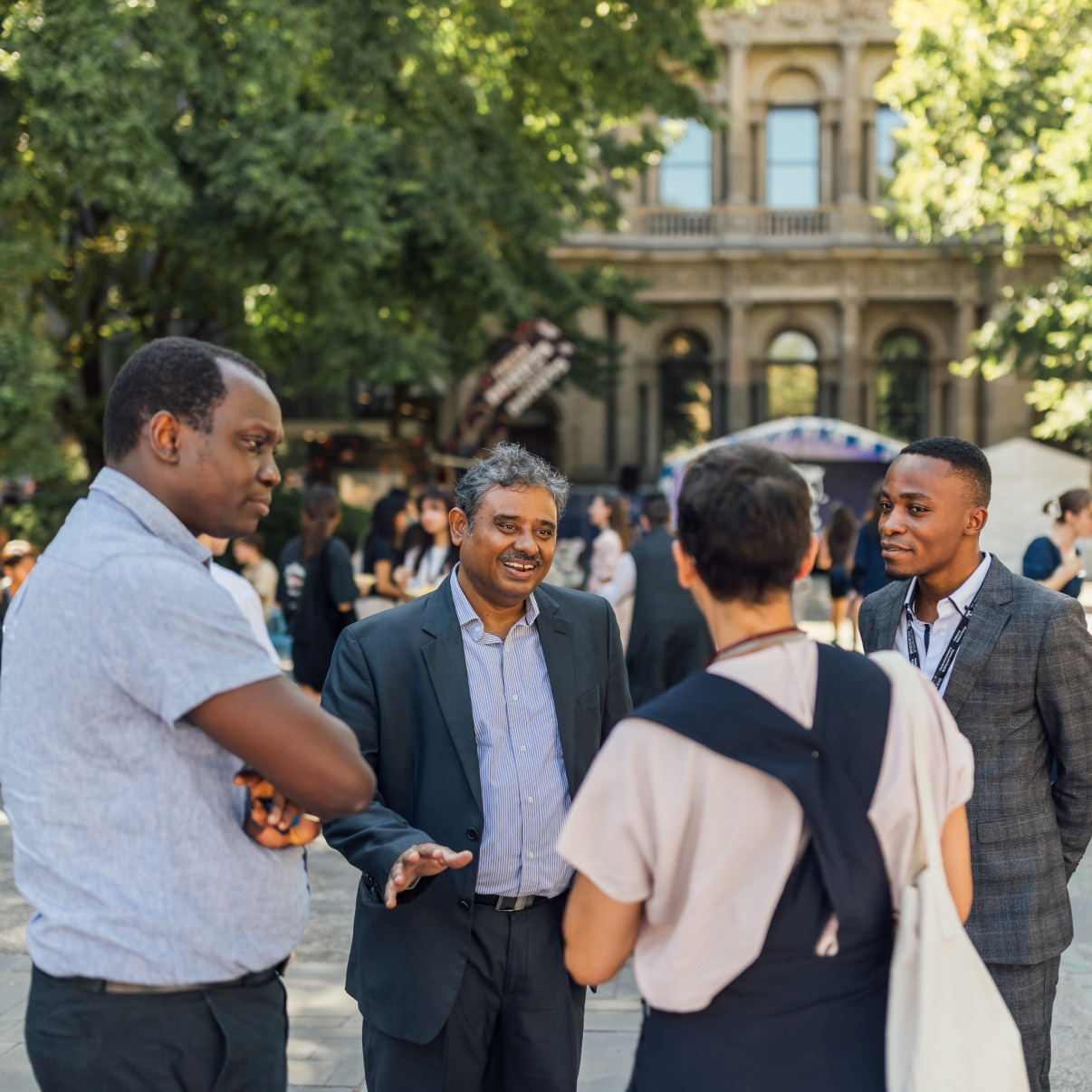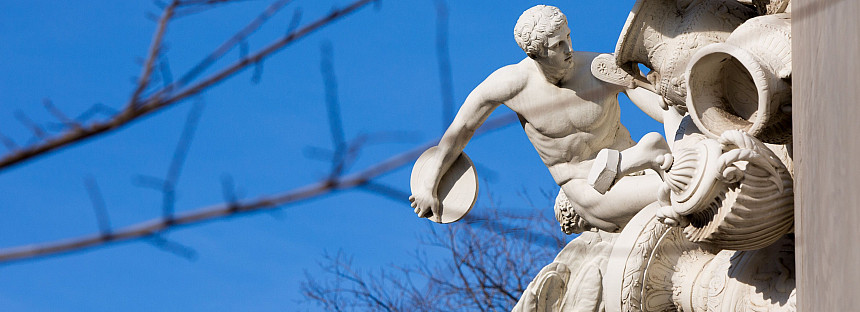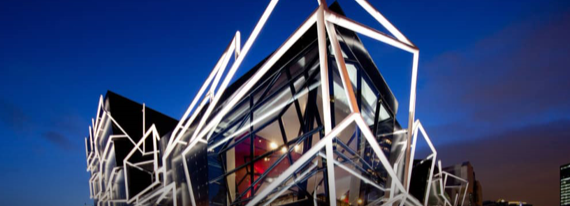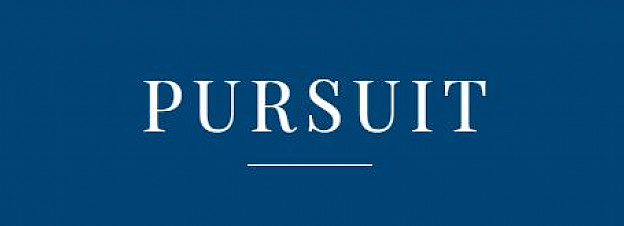
University of Melbourne Events Calendar
Featured events
Wellbeing Literacy panel and book launch
PANEL DISCUSSION AND BOOK LAUNCH:
Wellbeing Literacy
Theory and Practice Through Multidisciplinary and Transdisciplinary Lenses
Join editors Professor Lindsay G. Oades and Dr Jacqui Francis for an in-person presentation celebrating 60 international scholar contributors across diverse disciplines. A panel discussion, chaired by Dr Sophie Specjal, with several book contributors including audience Q&A, will provide a richer understanding of the exploration into how wellbeing literacy manifests in various contexts, including education, organisations, coaching and parenting.
The book introduces the concept of wellbeing literacy — the capability to understand and effectively use wellbeing language to enhance flourishing for oneself, others, and society. Drawing together international scholars across diverse disciplines, it highlights fresh perspectives and practical insights into the role of language in wellbeing.
The launch will feature a panel discussion, offering reflections on the book’s journey and themes. It will also be a chance to connect, share ideas, and celebrate together over light refreshments.
PANELLISTS:
Associate Professor Siti Nuzulia
Vice-Dean, Faculty of Education and Psychology, Universitas, Negeri Semarang, Java, Indonesia
Professor Russell Cross
Professor of Languages and Literacies Education, Faculty of Education, University of Melbourne
Dr Hanchao Hou
Honorary and Alumnus, Faculty of Education, University of Melbourne
Lisa Baker
Project Officer, REEaCh Hub, Faculty of Education, University of Melbourne
(Recently completed PhD on wellbeing literacy in early childhood)
This event will also serve as an opportunity to farewell and congratulate our esteemed colleague, Professor Lindsay G. Oades, before he embarks on his new appointment as Provost, University of York Mumbai. This is an outstanding appointment and a testament to Lindsay’s vision, leadership, and international reputation.
EVENT DETAILS:
Date: Wednesday 19 November
Time: 6pm - 8pm (6pm - approx 7pm presentations and panel, followed by light refreshments)
Venue: Q230 Theatre, Level 2, Kwong Lee Dow Building, Level 2, 234 Queensberry Street, University of Melbourne, Parville 3053
Please Note:This presentation will not be recorded. Due to the theatre’s limitedcapacity, please only register for a ticket if you are sure to be attending in person.
I Thought of you, Andromache
Delve into the Baillieu Library special collections and explore what – if anything – we think when we think of Andromache. This collection viewing reflects on Andromache’s afterlives and asks what this ‘relic’ of the Trojan wars might mean for us today. Baudelaire opened his famous poem The Swan (1861) thinking of Andromache, expecting to call up a wealth of associations with this mythic Trojan woman, however, has her representation disappeared?
What to expect:
A 60-minute viewing of the University of Melbourne special collections.



